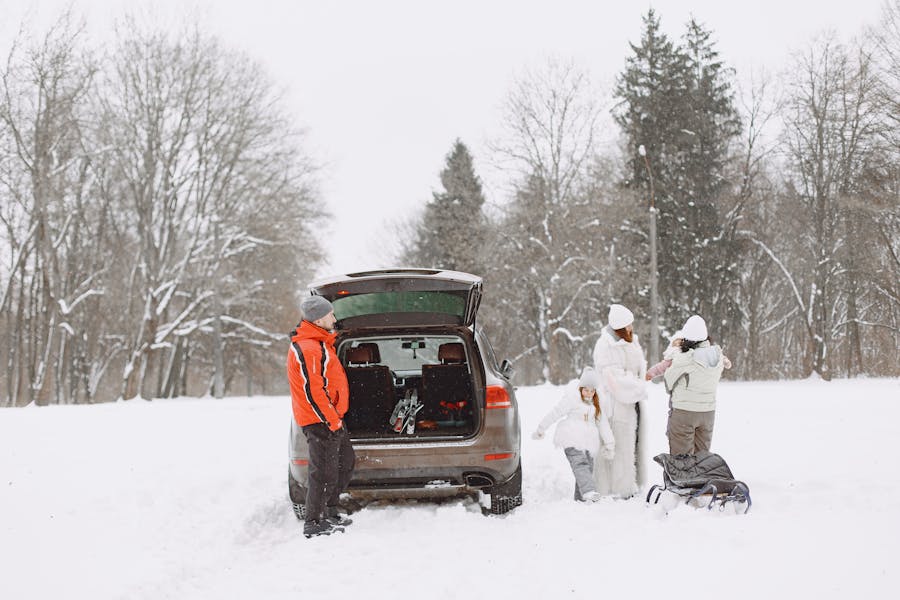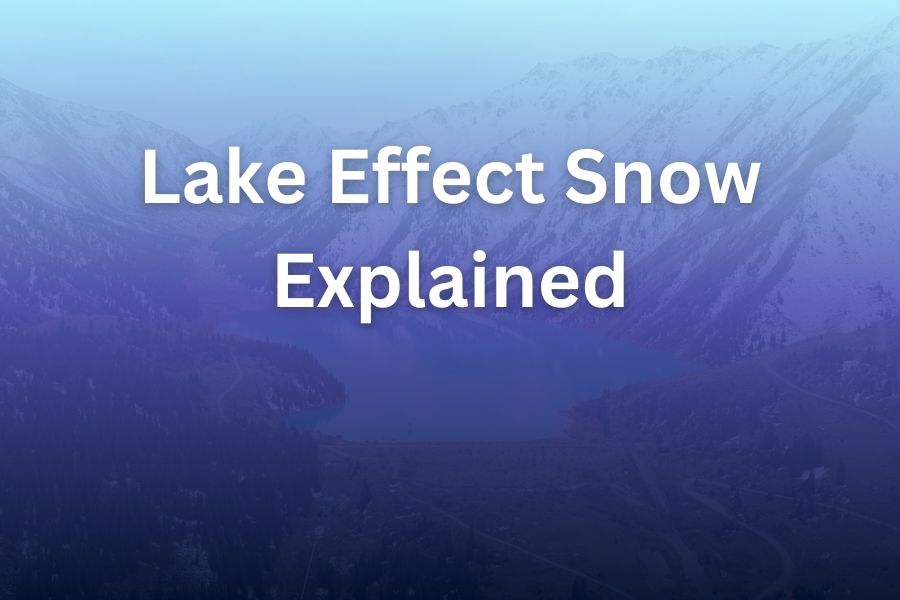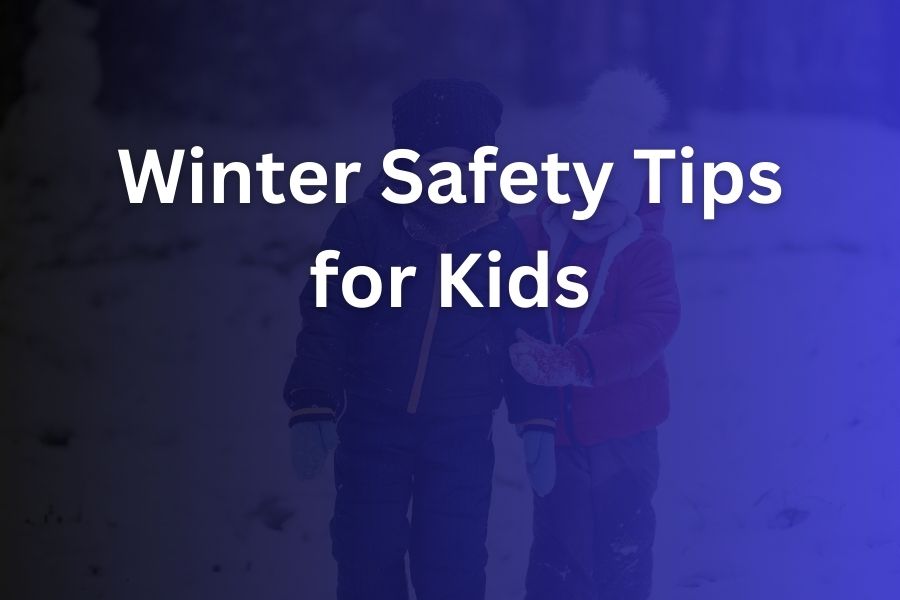
When winter weather approaches, students eagerly check forecasts hoping for enough snowfall to trigger that coveted school cancellation. But exactly how many inches of snow does it take for schools to close? The answer varies dramatically across regions, school districts, and even individual schools—influenced by local infrastructure, historical weather patterns, and community preparedness.
This comprehensive guide explores the nuanced factors that determine snow day thresholds across America and beyond, helping you understand why some areas shut down with a light dusting while others remain open during significant snowfall events.
Regional Variations in Snow Day Thresholds
The amount of snow required to cancel school varies dramatically by geographic region. This regional variation reflects differences in infrastructure, equipment, experience with winter weather, and community expectations.
Snow Thresholds by Region
- ❄️ Southern States (GA, SC, NC, TN, parts of VA): Often 1-2 inches is sufficient for cancellation due to limited snow removal equipment and driver experience
- ❄️ Mid-Atlantic (MD, DE, NJ, eastern PA): Typically 3-5 inches, depending on timing and temperature
- ❄️ Midwest (OH, IN, IL, MI): Generally 6-8 inches, with higher thresholds in rural areas accustomed to winter conditions
- ❄️ Northeast (NY, MA, CT, RI, VT, NH, ME): Usually 8-12 inches, with some districts requiring blizzard conditions for cancellation
- ❄️ Upper Midwest/Great Plains (MN, WI, ND, SD): Often 10+ inches with significant wind, as these areas are well-equipped for snow management
These regional differences reflect not just varying levels of preparedness but also economic considerations. Areas that regularly experience significant snowfall have invested in robust snow removal infrastructure, while regions with infrequent snow events find it economically impractical to maintain extensive snow management capabilities.
Beyond Inches: Other Factors That Influence School Closures
While snow accumulation is the most visible factor in school closure decisions, administrators consider numerous other variables when determining whether to cancel classes. Understanding these factors helps explain why schools sometimes close with minimal snow or remain open despite significant accumulation.
Critical Factors Beyond Snow Depth
- ⏱️ Timing of snowfall: Snow that falls overnight or during early morning commute hours has greater impact than afternoon accumulation
- 🌡️ Temperature and snow consistency: Wet, heavy snow or ice is more disruptive than light, powdery snow
- 💨 Wind conditions: Even moderate snow with high winds can create dangerous visibility issues and drifting
- 🛣️ Road conditions: Pre-existing ice, previous snowfall, or road treatment capabilities significantly affect safety
- 🚌 Bus routes: Rural districts with extensive bus routes on unplowed roads may close with less snow than urban districts
- 🔍 Forecast reliability: Uncertainty in forecasts may lead to preemptive closures, especially if conditions might worsen
The combination of these factors creates a complex decision matrix for school administrators. A district might close with just 2 inches of snow if it falls during the morning commute and is accompanied by freezing temperatures and high winds. Conversely, 6 inches of snow that falls on a weekend, allowing time for road clearing, might not trigger a Monday cancellation.
"The decision to cancel school is never based solely on snow accumulation. We're looking at a complex interplay of factors including road conditions, temperature trends, wind, visibility, and the timing of the precipitation. Student safety is always our primary concern."
— Dr. Jennifer Winters, School District Superintendent
The Decision-Making Process
School cancellation decisions follow a surprisingly structured protocol in most districts. Understanding this process helps explain why the threshold for cancellation may seem inconsistent from one storm to another.
- Monitoring begins 24-48 hours before anticipated weather events - District officials track forecasts from multiple sources
- Consultation with local agencies - Transportation departments, highway departments, and emergency management officials provide input
- Early morning assessment - Transportation directors often physically drive bus routes between 3-5 AM to evaluate conditions
- Neighboring district coordination - Many districts communicate with adjacent school systems to maintain regional consistency
- Final decision - Typically made by the superintendent, balancing safety concerns with educational continuity
This process explains why snow day decisions often come early in the morning—administrators are gathering real-time data about road conditions rather than relying solely on forecasts. It also explains why adjacent districts sometimes make different decisions despite experiencing similar weather conditions.
Urban vs. Rural: Different Standards for Cancellation
The threshold for school cancellation often differs significantly between urban and rural districts, even within the same geographic region. These differences reflect varying infrastructure capabilities and transportation challenges.
Urban school districts typically benefit from priority snow removal on city streets, shorter bus routes, and more public transportation options. As a result, they often require more significant snowfall before cancelling classes. A major metropolitan district might remain open with 6 inches of snow while a rural district 30 miles away closes with just 3 inches.
Rural districts face unique challenges that lower their snow day thresholds. These include:
- 🚌 Longer bus routes on secondary roads that receive delayed or minimal snow removal
- 🏠 Widely dispersed student populations requiring travel across varying terrain and road conditions
- 🌉 Limited alternative routes when primary roads become impassable
- 🚶 Fewer sidewalks for students who walk to school or bus stops
Historical Trends and Notable Examples
Historical data reveals interesting patterns in how snow day thresholds have evolved over time. In many regions, the amount of snow required to cancel school has increased as snow removal technology and weather forecasting have improved. However, this trend varies significantly by region and is influenced by changing liability concerns and parental expectations.
Notable examples illustrate the range of approaches to school cancellations:
Case Studies in Snow Day Decisions
- 📚 Boston, Massachusetts (2015): Schools remained open despite 8 inches of snow, prompting significant parental backlash and a subsequent review of closure policies
- 📚 Atlanta, Georgia (2014): Just 2 inches of snow created gridlock, stranding students on buses and in schools overnight, leading to more conservative closure policies
- 📚 Minneapolis, Minnesota (2019): Schools remained open during a 12-inch snowfall but closed the following day due to extreme cold temperatures
- 📚 Seattle, Washington (2019): Schools closed for multiple days with just 4-6 inches of snow due to the city's limited snow removal capabilities and hilly terrain
These examples highlight how past experiences shape future decision-making. Districts that have faced criticism for keeping schools open during significant weather events often adopt more conservative thresholds for subsequent storms.
The Impact of Climate Change on Snow Day Thresholds
Climate change is altering winter weather patterns across North America, with significant implications for school cancellation policies. In many regions, traditional snowfall is being replaced by mixed precipitation events—combining snow, sleet, freezing rain, and rain—which create more complex safety assessments.
These changing patterns have led many districts to shift from simple snow accumulation thresholds to more comprehensive winter weather policies. A modern district policy might consider multiple factors rather than setting a specific inch count for cancellation.
Climate scientists project continued changes in winter precipitation patterns, with some regions experiencing:
- 🌨️ Fewer but more intense snowfall events
- 🌧️ More frequent freezing rain and ice events
- 🌡️ Greater temperature fluctuations creating freeze-thaw cycles that affect road conditions
- 💨 More extreme winter storms with high winds and rapid accumulation
These changes are prompting school districts to develop more nuanced approaches to winter weather cancellations rather than relying on simple snow depth thresholds.
The Rise of Remote Learning and Its Impact on Snow Days
The COVID-19 pandemic fundamentally changed how schools approach weather-related closures. By 2025, many districts have established protocols for "remote snow days" that allow instruction to continue online during inclement weather. This shift has complicated the traditional question of "how many inches of snow for school to be cancelled."
In districts with robust remote learning capabilities, the physical closure of school buildings may occur with less snowfall than in the past, but learning continues online. This creates a distinction between "school cancellation" and "learning cancellation" that didn't exist in previous generations.
However, implementation varies widely across districts:
Approaches to Snow Days in the Remote Learning Era
- 💻 Full remote learning days: Some districts automatically transition to online instruction during any weather closure
- 📅 Hybrid approaches: Some districts maintain traditional snow days for the first few weather events, then transition to remote learning for subsequent closures
- 📝 Asynchronous learning: Some districts provide self-directed activities rather than requiring live online attendance
- 🏫 Traditional snow days: Some districts maintain the practice of complete cancellation, recognizing the cultural and psychological value of unexpected breaks
Expert Insights: How Administrators Make the Call
School administrators responsible for cancellation decisions emphasize that there is no simple formula based solely on snow accumulation. Instead, they describe a holistic assessment process that weighs multiple factors simultaneously.
"People often ask for a specific number of inches that triggers cancellation, but that's not how the decision works. We're looking at road conditions, temperature trends, wind, visibility, and timing. Six inches of light, fluffy snow on a Saturday with calm winds and rising temperatures might not close schools on Monday, while three inches of wet, heavy snow falling during the morning commute almost certainly will."
— Michael Rodriguez, Director of Transportation, Lakeside School District
Transportation directors, who often play a key role in the decision-making process, cite bus safety as their primary concern. School buses are particularly vulnerable to adverse road conditions due to their high center of gravity, long stopping distances, and precious cargo.
Conclusion: So How Many Inches Does It Take?
While there is no universal answer to "how many inches of snow for school to be cancelled," we can provide some general guidelines based on regional patterns and expert insights:
General Snow Cancellation Guidelines
- ❄️ Southern regions: 1-3 inches, especially if accompanied by freezing temperatures
- ❄️ Mid-Atlantic: 3-6 inches, depending on timing and temperature
- ❄️ Midwest: 6-8 inches for urban districts, 4-6 inches for rural areas
- ❄️ Northeast: 8-12 inches for urban districts, 6-8 inches for rural areas
- ❄️ Upper Midwest/Great Plains: 10+ inches with significant wind
These thresholds should be adjusted based on the additional factors discussed throughout this article. Timing, temperature, wind, road conditions, and district capabilities all play crucial roles in the final decision.
For students hoping for a snow day, the best strategy is to consider not just the predicted accumulation but the full context of the weather event. A moderate snowfall that begins during the early morning commute and is accompanied by freezing temperatures and wind has a much higher likelihood of triggering cancellation than heavier snow that falls over the weekend.
As climate patterns continue to evolve and remote learning capabilities expand, the traditional concept of the snow day may change, but the fundamental priority remains constant: ensuring the safety of students and staff during winter weather events.








